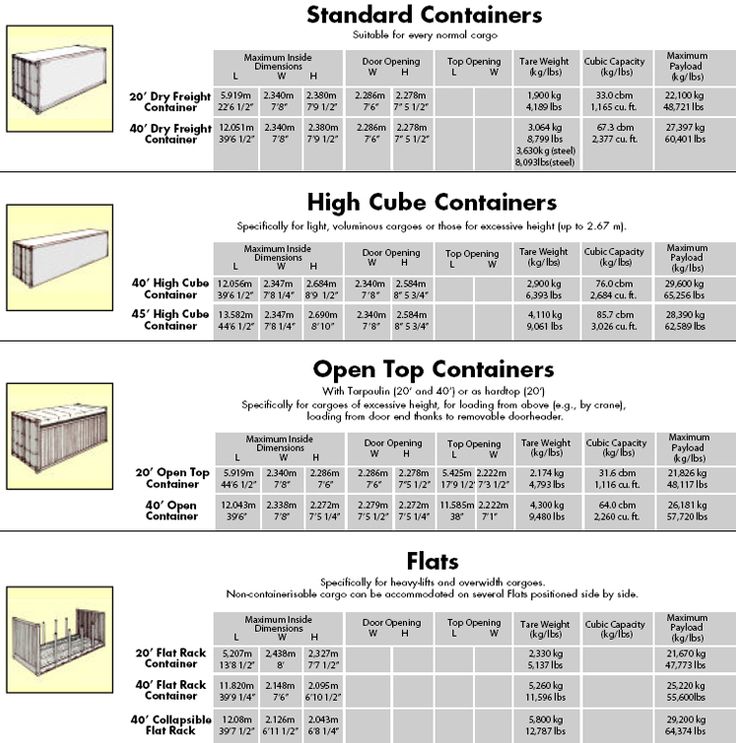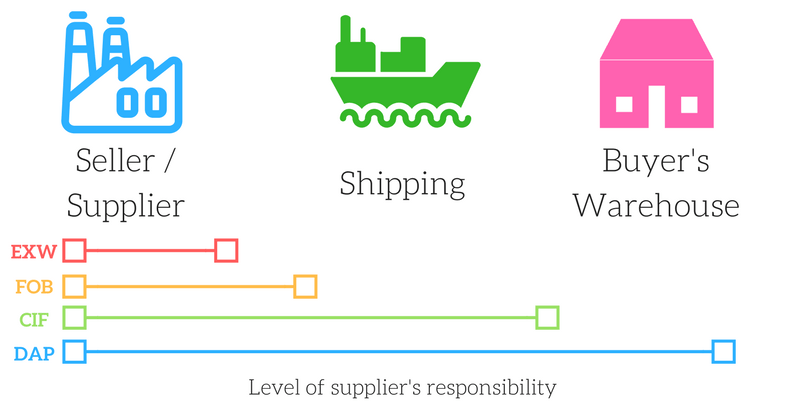What Is Ocean Freight ?
With us, we generate value for clients by arranging maritime transportation of goods with the greatest profit and efficiency. Ocean freight (or sea freight) is the most common form of transport for importers and exporters, accounting for 90% of goods transported globally. Shipping by ocean freight is complicated however, so we’ve put together this shipping guide to ensure you have all bases covered – from Bills of Lading to Incoterms, and Container Ships to Insurance.

Like with Air Freight, shipping goods can be consolidated to benefit economies of scale and reduce the price, this is known as LCL (Less Container Load). If you are shipping enough goods to fit into one container, or the goods are fragile or contain chemicals / liquids, it may be good to consider FCL shipment, Full Container Load
What are the advantages of ocean freight ?
There are four major types of shipping terms that you should know about, also known as incoterms (International Commerce Terms), which set out clear definitions for where the goods are dispatched from, and to :
In short, the buyer can arrange for their own freight agent and delivery, or deliver using the sellers freight forwarder (possibly incurring some form of mark up or cost). Generally speaking, suppliers will give a quote for an ExWorks or Free on Board transport service when delivering goods.
The following goods cannot be transported by ship :
There are numerous tariffs and costs to consider when having goods shipped or importing goods from overseas. It depends on the agreement with your supplier – will they just be delivering to their port, your terminal, your warehouse? Be sure to know which incoterm relates to your shipping contract, so that the responsibility between yourself and the supplier is clear. Fees include, but aren’t limited to :
How are goods shipped by ocean ?
Goods are loaded onto containers which are then shipped. There are several types of containers which come in different shapes and sizes, but we’ve highlighted the main three types of containers here :- 20’GP = 20’DV = 20FT = 20′ = 20 feet general purpose
- 40’GP = 40’DV = 40FT = 40′ = 40 feet general purpose
- 40’HC = 40’HQ = 40 feet high cube

Like with Air Freight, shipping goods can be consolidated to benefit economies of scale and reduce the price, this is known as LCL (Less Container Load). If you are shipping enough goods to fit into one container, or the goods are fragile or contain chemicals / liquids, it may be good to consider FCL shipment, Full Container Load
What are the advantages of ocean freight ?
- Cost Effective – transporting containers of goods by ship is the one of the most cost effective forms of transport, which is important supply chain management and operations within a business and can help keep the price of goods competitive for the end customers
- Heavy Goods – for items that are big or heavy, shipping might be the only way to get goods overseas, as airlines can restrict form of transport and shipping ports generally have large storage capabilities
- Environmentally Friendly – ocean freight is the most environmentally friendly form of transport for cargo, which can help boost the companies brand and reputation
There are four major types of shipping terms that you should know about, also known as incoterms (International Commerce Terms), which set out clear definitions for where the goods are dispatched from, and to :
- EXW, or ExWorks means the supplier transports the goods to the factory or manufacturer
- FOB, or Free on Board, which delivers to the port or terminal in the country of the supplier
- CIF, or Cost Insurance and Freight, which covers transport to the buyer’s country
- DAP/ DDU, or Delivery at Port / Delivery and Duty Unpaid, which delivers all the way to your facility or warehouse, excluding the cost of tariffs and taxes

In short, the buyer can arrange for their own freight agent and delivery, or deliver using the sellers freight forwarder (possibly incurring some form of mark up or cost). Generally speaking, suppliers will give a quote for an ExWorks or Free on Board transport service when delivering goods.
The following goods cannot be transported by ship :
- Air bags
- Ammunition
- Explosives
- Gasoline
There are numerous tariffs and costs to consider when having goods shipped or importing goods from overseas. It depends on the agreement with your supplier – will they just be delivering to their port, your terminal, your warehouse? Be sure to know which incoterm relates to your shipping contract, so that the responsibility between yourself and the supplier is clear. Fees include, but aren’t limited to :
- LCL or FCL fees
- Transportation to Port of Loading
- Export customs declaration
- Loading port fees
- Ocean freight charge
- Insurance
- Destination port fees
- Export customs clearance (provide HS Code and COO if needed)
- Import customs clearance (provide HS Code and COO if needed)
- Customs duty/tax
- Transportation from the Port of Destination
- Destination country customs related fee (i.e. Duty/Tax)
- Destination port/terminal handling fee (i.e. THC)
- Destination agent service fee (i.e. D/O)
